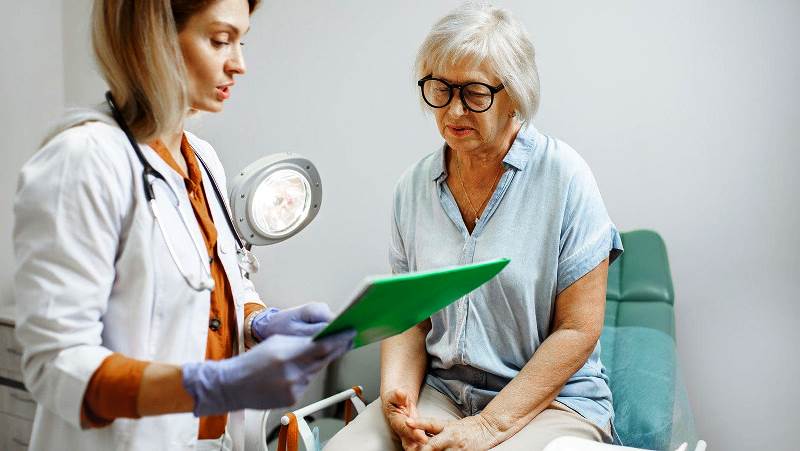Current guidelines recommending the cessation of cervical cancer screening for women aged 65+ with prior normal Pap tests may need revision, according to a landmark Chinese study published in Gynecology and Obstetrics Clinical Medicine. Analyzing over 2.1 million screenings across 628 Shenzhen healthcare facilities, researchers found women over 65 had significantly higher rates of high-risk HPV (13.67% vs 8.08% in younger women) and cervical cancer (0.92% vs 0.1%), challenging existing protocols. “These women represent a high-risk group needing urgent global attention,” warned investigators, noting the rising incidence in this demographic despite current recommendations.
The study employed a dual screening approach combining HPV testing and cytology, with colposcopies for HPV16/18-positive cases. Strikingly, while only 0.81% of participants were over 65, this group showed disproportionately higher risks—22.8% had HPV infections (vs 16.32% in younger women) and 3.33% developed precancerous CIN2+ lesions. The data revealed distinct HPV genotype patterns, with types 52, 16, and 58 dominating across age groups, but older women showing greater susceptibility to rare strains like HPV56 and 86. These findings suggest biological differences in HPV susceptibility with aging.
Notably, cancer rates in seniors were nearly tenfold higher than in younger women (0.92% vs 0.1%), with abnormal colposcopy findings in 41.97% of referred cases. The study highlights a critical gap: while most countries halt routine screening at 65 based on historical risk profiles, modern longevity and changing sexual health patterns may render this cutoff obsolete. “Continued screening is necessary for this age group,” researchers concluded, emphasizing that policies must adapt to contemporary epidemiological realities rather than relying on outdated assumptions.
The research team called for age-specific risk assessments, noting that 57% of older participants accessed screening through health check-ups rather than targeted programs. With HPV vaccination rates at just 2.25% in the study population—reflecting China’s late adoption of vaccination—experts suggest combining enhanced senior screening with catch-up immunization campaigns. As global populations age, these findings could prompt WHO and national health agencies to reevaluate cessation guidelines, potentially extending protection for women navigating longer postmenopausal lifespans with active sexual health needs.


